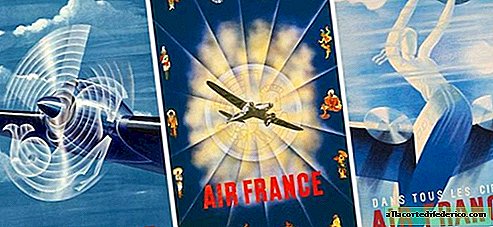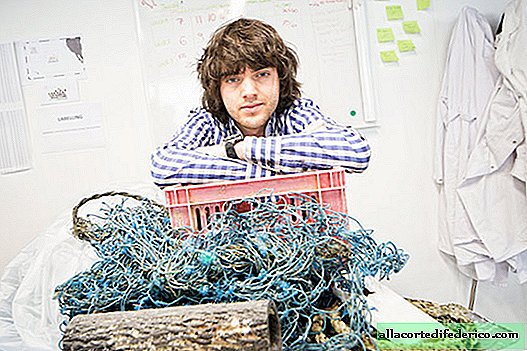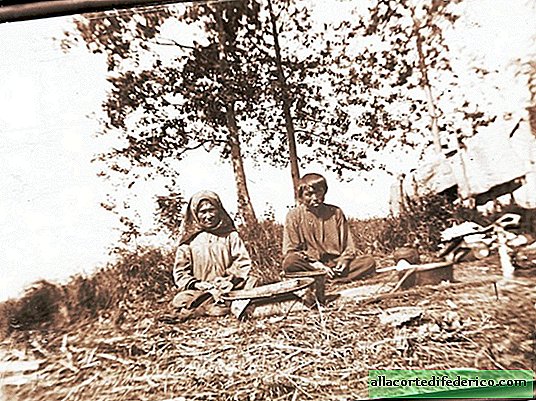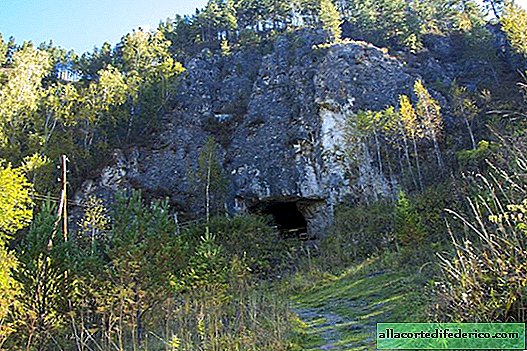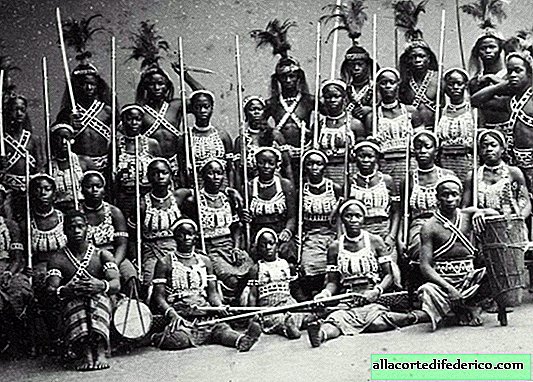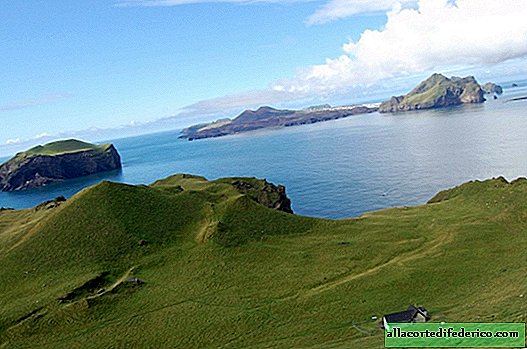As Russian tourists traveled before: where did they go, how much did it cost, what did they do
Today you will not surprise anyone with a trip. The Instagram feed is filled with photos of summer vacations. The tourism industry arose only in the 20th century after the construction of railways, with the advent of airlines, the growth of cities, and the increase in the number of hotels.
At the beginning of the last century, everything was just beginning. Only wealthy people could go on a trip. To go on tour for many was an impossible dream. For example, in 1901, a trip to Italy for a month and a half could cost 850 rubles. It was possible to leave for Scandinavia for four hundred rubles. A three-month tour to the East could cost more than three thousand.
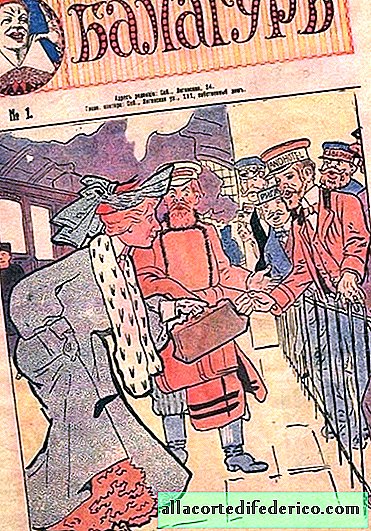
For comparison, the teacher received 25 rubles, the worker - 37.5 rubles, the city - 20.5 rubles.
The first travel agency appeared in Russia in 1885 in St. Petersburg and it was called "Enterprise for public travel to all countries of the world Leopold Lipson."
As the brochure reported, the office offered four directions. The first is a trip to Italy. 40 days for 770 rubles. The second is a tour to Upper Italy and to the lakes for 750 rubles for the same 40 days. The third - the cheapest - in Sweden and Finland for 350 rubles (20 days). Fourth - the most expensive and longest - "A great trip to the East along the Danube, back through Italy and Paris." Travelers went for 120 days for 2500 rubles and traveled 12 countries.

We traveled mainly by first-class train, went on excursions, stayed in the best hotels. Lipson offered price concessions to regular customers. As a rule, no more than five percent. Three weeks before departure, a deposit was required.
No trip could take place if there was no passport. Like now.

In order to receive it, it was necessary to write a petition in the name of the governor-general or mayor. Then get a certificate from the police that the applicant is not wanted, does not run from child support and loans. The next document is the guarantee of trustworthy individuals that the applicant is a worthy member of the community. It was also necessary to confirm that the traveler has reached the age of 20. And finally, indicate the purpose of the trip.
Then pay state fees and 10 rubles for the manufacture of a passport. It was issued for a period of 6 months. It included all the children, wives and households, in general, those family members who accompanied the traveler. They did not pay for visas. They did not exist before the First World War.

The exceptions were Germany and Austria. On the border with these states, it was necessary to get all the baggage and show it. All visitors were simply recorded in special forms.
From the end of the 19th century, guides began to be actively published. In 1888, a detailed "Guide to the Caucasus" was published in Tiflis. With maps and an indication of all the attractions. Advertising brochures spoke in detail about the nature of Transcaucasia. Authorities actively built roads and hotels.
At the same time, they actively developed the second direction of domestic tourism - Crimea. The warm sea, accessible Crimean mountains and medical resorts attracted tourists.

The main task of the guidebooks was to save the traveler time and money. The text indicated, for example, how long it takes to ride an omnibus along Parisian boulevards. There was a special section, “Distribution of time. It prescribed by day what sights to visit in this area, how long it takes, how far they are from each other and how to move to the other end of the city the next day. It was convenient and allowed people Do not rush from one district to another, but gradually familiarize yourself with the entire cultural heritage.
Signposts have been designed to ensure that a person can get acquainted with all the spiritual diversity of the region. The tourist was recommended to visit the stock exchange during the height of trading, the central market and even the morgue.
Often abroad, Russian people were perceived as a life-burner. And his main task was to "lighten his pocket." However, as now.



